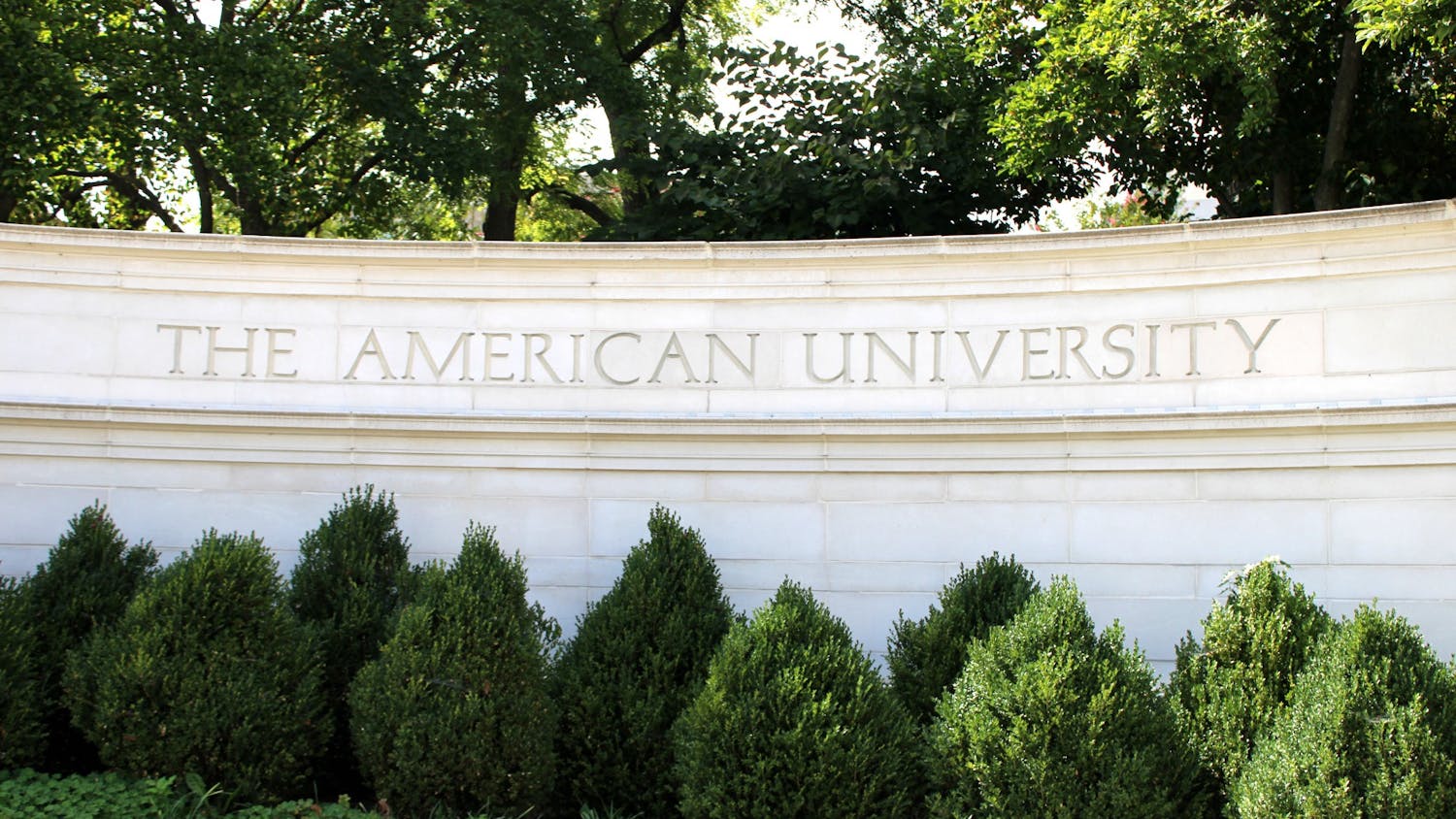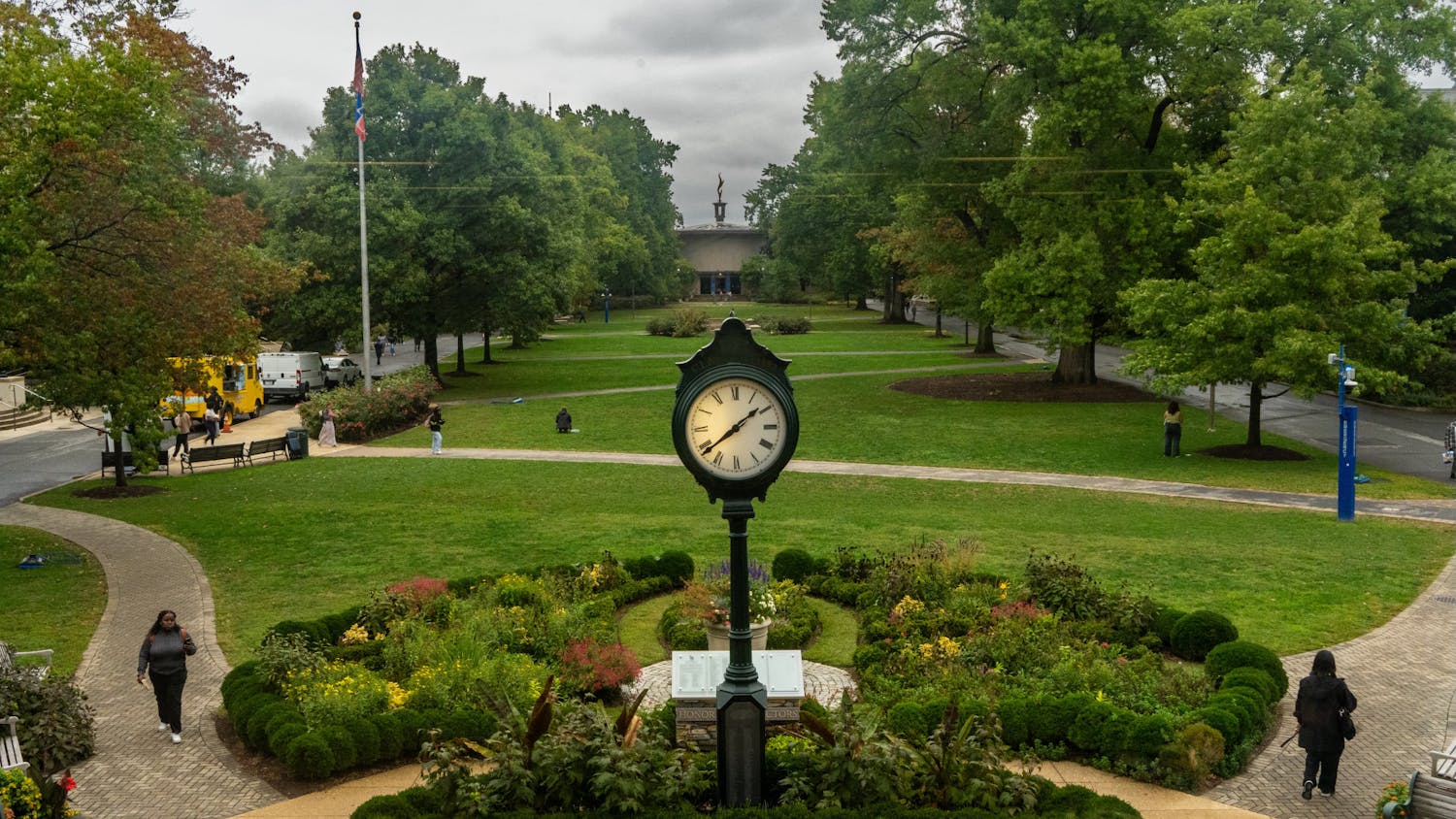Correction Appended
Undergraduates continue to struggle to make ends meet despite this academic year's 5.5 percent increase in total grant aid and total federal loans, according to a College Board trend study released Oct. 29.
Though more financial aid is available to students nationwide, there are fewer private loans available to lower costs, according to College Board. Students over the past decade have become increasingly reliant upon such private loans to fund their education.
AU's average tuition of $31,816 is subject to a 6 percent increase next year, according to information on AU Admission's Web site.
Jacque Martin, a junior in the School of International Service and the College of Arts and Sciences, is just one of AU's many students relying on private loans. Should she lose her aid, she faces adding addition loans at higher interest rates to her bill.
"The most it would affect me is if I have to take classes at a state school so as to get lower costs per classes," Martin said.
Part of the pressure comes from rising tuition rates, which increase nationally by an average of 2.4 percent per year, grew faster during the 2006-2007 academic year than the Consumer Price Index, a tool used to measure inflation and provide information about price changes in the U.S. economy, according to The New York Times.
"This credit crunch is going to make it a lot harder for exceptional students to stay enrolled," said Foster Curry, a junior in CAS.
The rising cost has also resulted in an increasing number of students who are looking for part-time work, in addition to a heavy course-load, instead of pursuing internships and other non-paying extra-curricular activities. Curry, who works part-time, said he has difficulty juggling the responsibilities of his schoolwork with the demands of a job.
The College Board's two studies, "Trends in College Pricing 2008" and "Trends in Student Aid 2008," investigated the state of finances at educational institutions in order to provide students with enough information to make informed decisions about their financial future, College Board President Gaston Caperton said in a press release.
The College Board's results were based upon an annual comprehensive survey of 3,500 colleges and universities that examine admissions rates, tuition, financial aid and enrollment.
Last year, students across the nation borrowed more than $19 billion from private loan institutions and received $143 billion in financial aid via federal grants, federal loans, tax credit and federal work-study, according to the College Board study.
Sandy Baum, senior policy analyst at the College Board and professor of economics at Skidmore College, said in the press release that these new reports provide important information for students and families, as well as policymakers trying to make higher education more affordable.
The increased strain on educational institutions is merely a reflection of the difficult economic times, according to Baum.
"College prices are doing what other prices are doing," she said in an interview with the Times. "They're not going up more rapidly; they're just keeping pace. But then, we had an unusually high rate of inflation. And with the current economic crunch, we don't know what will happen next year."
Students who graduate from a four-year institution accrued an average of $22,700 of debt, according to the College Board's 2006-2007 study. Borrowers from private universities held 25 percent more debt than public.
"I would like to see the university advertise more opportunities for loans and to hold outside seminars about finances," Martin said.
The Office of Financial Aid and the Office of the Dean of Students could not be reached for comment as of press time.
You can reach this staff writer at mmccarty@theeagleonline.com.
Correction: In "Tuition to rise next year," The Eagle incorrectly started that tuition increased an average of 2.4 percent nationwide from last year. That figure only relates to the average nationwide increase over the past decade. Additionally, The Eagle incorrectly stated that tuition will increase by 6 percent next year. That figure was based on an advisory figure on the AU Admissions Web site that related to the tuition increase from last year to this year.




